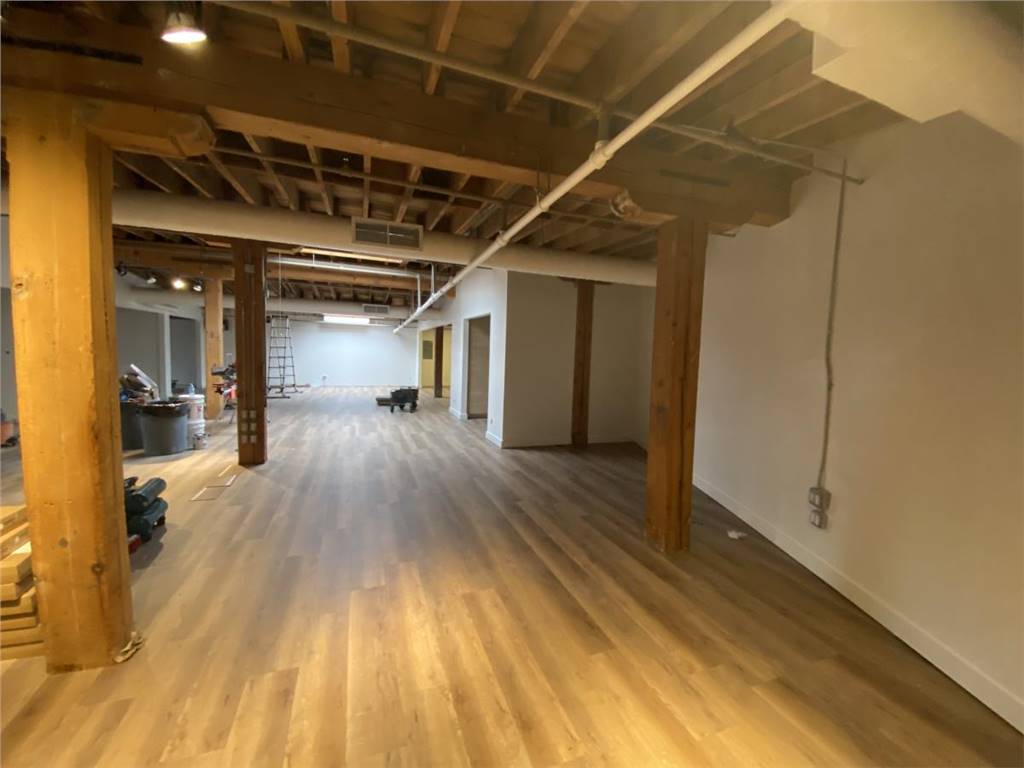
Light Vs. Dark Exterior Paints: A Comparison
There are a lot of factors to consider when painting your house, but one of the most important is choosing the right color. Dark exterior paints can make a house look smaller and more enclosed, while light colors can help it look bigger and brighter. So if you're trying to decide between light and dark paint colors, which should you choose? Read on for a comparison of light vs. dark exterior paints.
What Are the Differences Between Light and Dark Exterior Paints?
The difference between light and dark exterior paints is that light exterior paints are designed to reflect the sun's rays, while dark exterior paints are designed to absorb the sun's rays.
Light exterior paints are generally made with more reflective pigments, such as titanium dioxide or zinc oxide. These pigments bounce sunlight back off of the paint surface, which helps keep the surface of the paint cooler. Dark exterior paints are made with less reflective pigments, such as organic pigments or carbon black. These pigments absorb sunlight and convert it into heat energy. This can help warm up a building's surface, but it also increases the risk of moisture damage caused by thermal expansion.
Light exterior paints offer a number of advantages over dark exterior paints. For one, they reflect more sunlight, which helps to keep your home cooler in the summer. They also make your home more visible from a distance, making it easier for people to find – especially during nighttime hours. Finally, light exterior paints can help make your home appear larger from the outside.
While light exterior paints may have some advantages, there are also several disadvantages to consider. One of the main disadvantages is that they will not provide as much UV protection as darker colors. This can result in premature fading and damage to your external surfaces. In addition, light exterior paints may also require more frequent cleaning and maintenance in order to keep them looking their best. If you live in an area with high humidity, you may also find that mold and mildew growth is more common on lighter-colored surfaces.
One of the main benefits of dark exterior paints is that they can help to hide imperfections in the siding or cladding of your home. If your home's exterior is not in perfect condition, a dark paint job can be an effective way to disguise those flaws.
Another advantage of using darker colors for your exterior paint job is that these hues tend to be more durable than lighter ones. Darker colors are less likely to fade over time, and they can also withstand higher temperatures without peeling or flaking. This makes them ideal for homes in areas with hot summers.
While dark-colored exterior paints can have some advantages, such as helping to mask imperfections or completely change the look of a home, there are also some potential disadvantages to consider. One disadvantage is that dark colors absorb more heat than light colors, which can lead to increased energy costs in hotter climates. Dark colors can also show dirt and dust more easily, and may require more frequent cleaning. Finally, darker exterior paint colors may make a home appear smaller or cramped.
How to Choose Between Dark Colored vs Light Colored Exterior Paints?
There are a few things to consider when choosing between dark and light exterior paints. One is the overall look you want to create for your home. Dark colors tend to be more dramatic, while light colors are more soothing and inviting. Another consideration is the amount of sunlight your home receives. Dark colors can make a space feel hot and muggy, while light colors will help keep things cool. Finally, you'll want to think about how much maintenance you're willing to do. Light colors show dirt and wear more easily, so they may require more frequent touch-ups.



